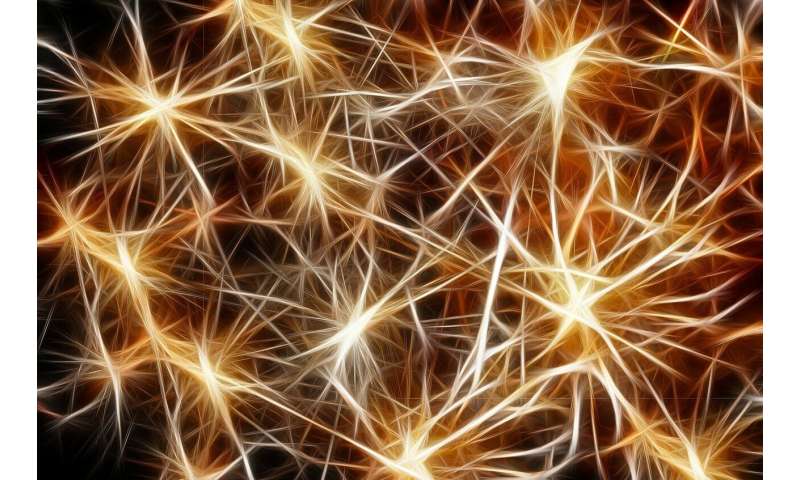
An international study led by researchers from the Instituto de Neurosciencias, UMH-CSIC in Alicante presents a novel multi-omic analysis of the changes in the organization of the genetic material of neurons triggered by neuronal activation both in a pathological (epilepsy) and physiological context (learning and memory).
Some of these changes are long-lasting and can be detected even days after neuronal activation, as a form of genomic memory of the past neuronal activation.
The research, conducted in rodents and published in Nature Neuroscience, shows new molecular mechanisms that contribute to the plasticity of the adult brain. The changes initiated by neuronal activation are more complex and act at more levels than previously thought.
These findings, carried out by an international team led by researchers from the Instituto de Neurosciencias, UMH-CSIC in Alicante, with the participation of researchers from Emory University in Atlanta, describe for the first time the changes in the organization of genetic material in hippocampal excitatory neurons from adult mice upon activation.
“We wanted to know how the activation of a neuron can change its future response; those changes constitute a form of cellular memory essential for the formation of memories,” explains Dr. Ángel Barco, a researcher at the UMH-CSIC Neurosciences Institute that has led the research. “To achieve this goal we have used several techniques in neurogenomics that are applied for the first time in an intact mouse brain,” says Dr. Barco.
The researchers wanted to know specifically what happens in a neuron that activates when the animal is exposed to a new context. “This response is important for memory formation, but it is very difficult to address experimentally. The group of neurons that respond to an experience like this is a very small group, diffusely distributed through the brain, therefore it is very difficult to isolate them and see what happens inside,” adds Dr. Barco.
To simplify, researchers have taken a shortcut. They have caused massive activation of mouse neurons, as in an epileptic process, and have looked at the changes taking place in chromatin.
Chromatin is a highly compacted structure in which almost two meters of genetic material (DNA) is stored in the tiny nuclei of cells thanks to the action of special proteins called histones. To get an idea of the degree of chromatin compaction, about one hundred thousand cell nuclei fit on the head of a pin.
“The advantage of the epilepsy model is that we have a lot of starting material to perform the analysis. It is easy to have 10 million cells. If we want to go to the most complicated memory model, only scalable techniques that require little starting material will work, because in this case the network of neurons is formed by about 2,000 cells,” says prof. Barco.
“With what we learned in the simulation of epilepsy, we have been able to confirm these changes in a more physiological situation, such as the activation of groups of neurons that take place in the brain of a mouse when exploring a new place,” he adds.
The researchers saw that in both cases a transcriptional “burst” occurs. That is, a very strong activation of specific genes to produce proteins. Transcription is the first step of gene expression. It leads to the formation of proteins, which are the molecules that direct almost all vital processes.
In turn, the transcription of the genetic material depends on the changes that take place in the chromatin. The degree of compaction of that chromatin and the interactions between separate regions of the chromatin contribute decisively to regulate transcription and therefore gene expression.
This study demonstrates that this activation is associated with an increase in accessibility and the appearance of new interactions between separate regions of chromatin, necessary to allow the activation of genes. “The dynamic and large-scale adjustments of the genome topology observed in our study probably contribute to the rapid and coordinated transcriptional response associated with neuronal activation in both normal and pathological conditions,” explains Jordi Fernández-Albert, the first author of the study.
These changes—called epigenetic because they do not affect the information contained in the genetic material but their expression—can permanently modify the expression and future response capacity of the genes involved in cognition, thus representing a type of genomic memory.
Source: Read Full Article
